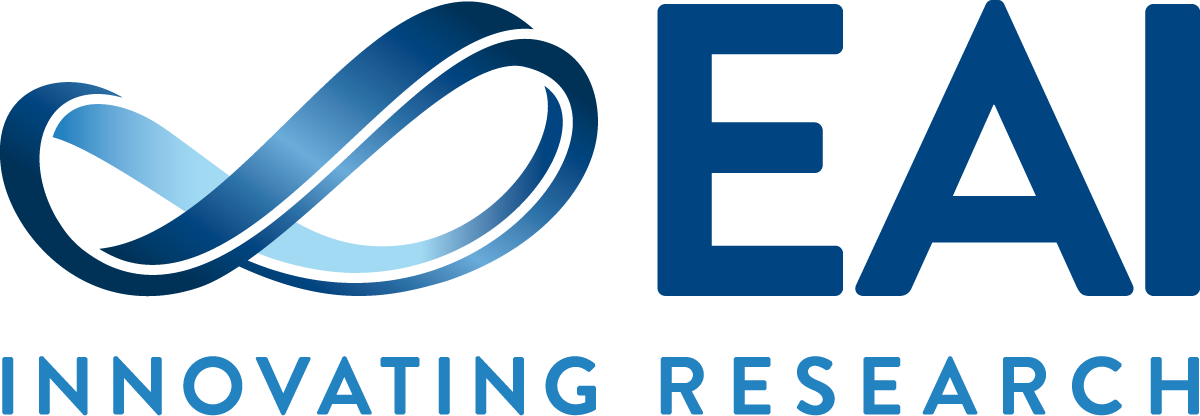The General Chair of the 7th International Conference on Mobile Networks and Management, Professor Ramón Agüero from the Department of Communications Engineering at the University of Cantabria, does not believe in isolating researchers and the industry. The conference itself reflects this approach and achieves great results. We discuss these, as well as the future of 5G, in the interview below.
MONAMI 2015 conference on Mobile Networks and Management will take place in Santander, Spain, on September 16-18th. What do you expect to be the highlights of the conference? Why should researchers and industry practitioners join the event?
MONAMI has established itself as an event where researchers, as well as people from the industry, can discuss the latest advances in state-of-the-art solutions and techniques regarding Mobile Networks and Management. These two realms have been traditionally considered in isolation, and the corresponding communities do sometimes use different approaches to tackle the subjacent problems. Opposed to this, MONAMI aims to provide the means to enable cross-pollination between them. One of the main drivers of last year’s conference was Software Defined Networking and Network Virtualization; I expect these to be of relevance in this year’s edition as well, but I would guess that 5G technologies, in a broader sense, should be attracting the largest number of submissions and presentations. The organizing committee is currently defining the program, and we are confident that we will bring reputable speakers for the keynotes and tutorials.
What are the biggest challenges for researchers in the field of 5G wireless technologies?
Despite the continuously growing capacity, current networks are facing difficulties when coping with the increasing traffic load. The advent of new devices such as smart-phones and tablets, and the growing popularity of applications such as video streaming, are some of the causes behind this increased demand. New techniques, protocols, and solutions are deemed necessary. Heterogeneous Network deployments, offloading techniques, and so on are some of the most relevant examples. In addition, the integration of the so-called Software Defined Networking and Network Virtualization in the wireless access realm opens a broad range of opportunities and challenges as well.

So, how will the future of 5G mobile phone communication look and what new, advanced options will it offer to users?
Without any doubt, users will be offered higher capacities. The characteristics of the devices will be enhanced as well – more resolution, more advanced screens, and so on. There are some other issues that are currently being discussed and it’s hard for me to anticipate whether they will eventually come or not. Among these, I would like to highlight the possibility that end-users will be more active in the access selection process; new billing schemes and the possibilities brought by SDN are also some of the topics that, from an end-user perspective, might become more relevant in the forthcoming years.
Why do you consider it important for scientists to connect with the industry practitioners in the field of communication technologies?
This is one of the cornerstones of the MONAMI conference, and we have promoted it by encouraging people from the industry to participate in the conference as members of the Technical Programme Committee, as well as keynote speakers. Furthermore, the submission of papers from the industry has been remarkable in the previous editions. The networking opportunities that are provided by this type of conference in general, and by MONAMI in particular, should be exploited so as to enable a stronger cooperation between the academia and research community with those who are closer to real network deployments. This would lead to a better understanding of the problems and challenges faced by real networks that need to be addressed, helping the establishment of an appropriate research roadmap.

